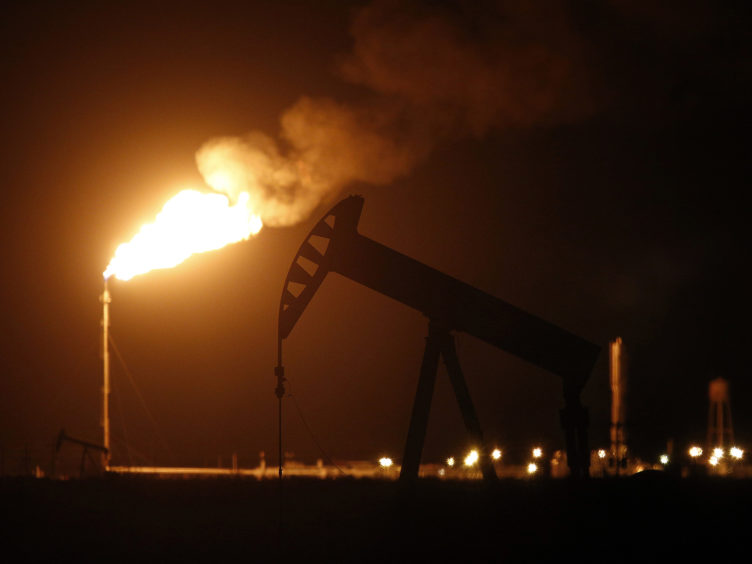
The waste and pollution of natural gas in the Permian Basin reached new record highs yet again in the third quarter, according to a report from the Norwegian research firm Rystad Energy.
The flaring and venting of natural gas spiked to an estimated 752 million cubic feet per day in the third quarter, way up from about 650 million cubic feet daily in the second quarter.
The data shows that oil production is again booming in the Permian in West Texas and southeastern New Mexico after seemingly hitting a plateau for much of this year.
And, while some players such as Chevron and others have taken care to limit their flaring to only what’s necessary, other bad actors are flaring and venting more aggressively, Rystad said.
The amounts of flaring and venting in the Permian are well more than triple the amount of pollution and waste from just two years ago, according to Rystad.
“This represents a new all-time high. Oil production in the Permian Basin is growing at an accelerated pace again, and we observe high, sustained levels of flaring and venting of associated gas in the basin,” says Artem Abramov, head of shale research at Rystad Energy.
The most productive gas field in the Gulf of Mexico – Shell Oil’s Mars-Ursa complex – only produces about one-third of the gas that’s currently wasted in the Permian.
Recommended for you
